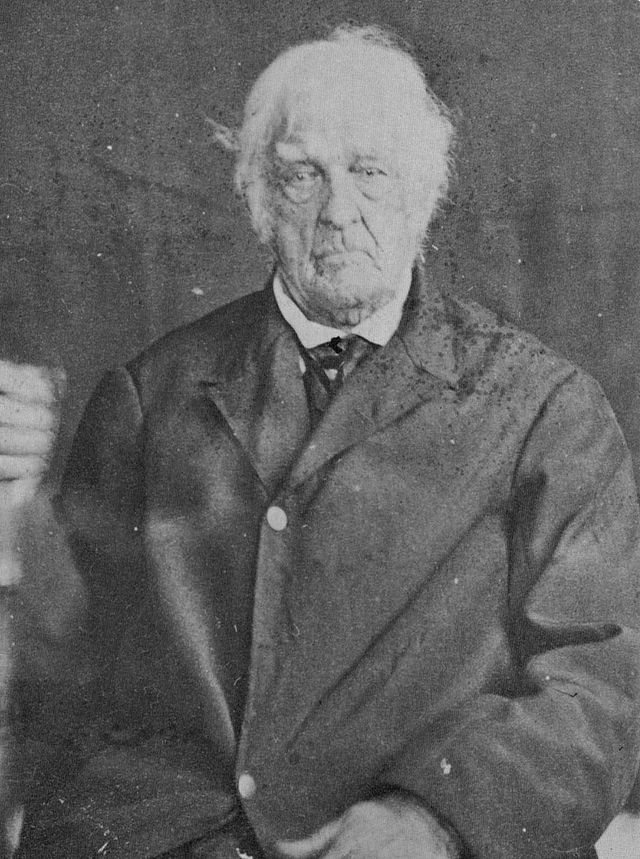
Figure 1 – Portrait before 1867 of Lemuel Cook the last official veteran of the American Revolution. From the Wikimedia Commons and in the public domain.
Yesterday’s post about Alonzo Cushing was fresh in my mind, when I went this morning to the “Concord Museum” to see a special exhibit tracing the events of April 18 to 19, 1775 hour by hour. These were the events that sparked the American Revolution. And I was not expecting photographs because of age. But as it turns out there was another exhibit called “The Last Muster” and this was only photographs, photographs of the few veterans of the American Revolution who managed to live to see the invention of photography and to be themselves photographed.
Oh,and before I move on, allow me one major peeve. I object to the current trend in museums not to show original objects. We don’t see the original photographs; but more often than not barely disguised copies of the originals. I saw this in Charleston as well. Boo!!!!
This exhibit relates to “The Last Muster Project” and book by a similar name, by photodetective Maureen Taylor. Taylor has done an amazing job of searching out photographs of “the survivors.” Still, who actually was the last man out is a matter of some controversy. It all depends on what you mean. Last proven veteran? Last pensioner? Are drummer boys acceptable? You know what, it really doesn’t matter; the effect of all of the images on our psyches is the same. So I am not going to enter the fray here and I have sided with the United States Governement and included as Figure 1 a portrait taken before 1867 of Lemuel Cook (1759-1866). Cook was the last official veteran of the American Revolutionary War, who enlisted in the 2nd Continental Light Dragoons, Continental Army. To me this is really amazing.
And the reason that it is so amazing is, as always, that it connects us across time and as a nation. Indeed, as a generation dies out unless we record their stories, or in this case photograph them, we loose their first hand experience. The momentous event becomes by degrees just a bit more abstract and impersonal. We see that now as we rapidly lose the “Greatest Generation,” the World War II warriors.
Indeed, in 1864 the Rev. Elias Brewster Hillard a congregationalist minister from Connecticut set out desperately to document these “Last Men” before they died out. He published his photographs and stories in “The Last Men of the Revolution (1864).” The date is important, because at the time the nation was embroiled in a civil war that put at jeopardy what these men set out to accomplishe. Indeed, I would argue that the American Civil War as a fight for liberty was the American Revolution, part II. This book was reprinted by Barre Publishers in 1968. Hillard recognized the importance of this task of preservation. Ms. Taylor, using modern techniques set out with her Last Muster Project to discover more of these memorable men and women. Her book documents the lives of seventy of these individuals.
Regular readers of this blog will recognize how often I am drawn back to the Old North Bridge in Concord, MA as a place of beauty and history. When my son was younger he used to march in a band that crossed that bridge on Patriots Day commemorating what happened there. I would stand with the other parents and revelers on the other side of the bridge, where the British Regulars came to cross, and it struck me on many a cold and windy April morning how insanely brave these framers and tradesmen were to stand and defend that spot against the mightiest army in the world.
